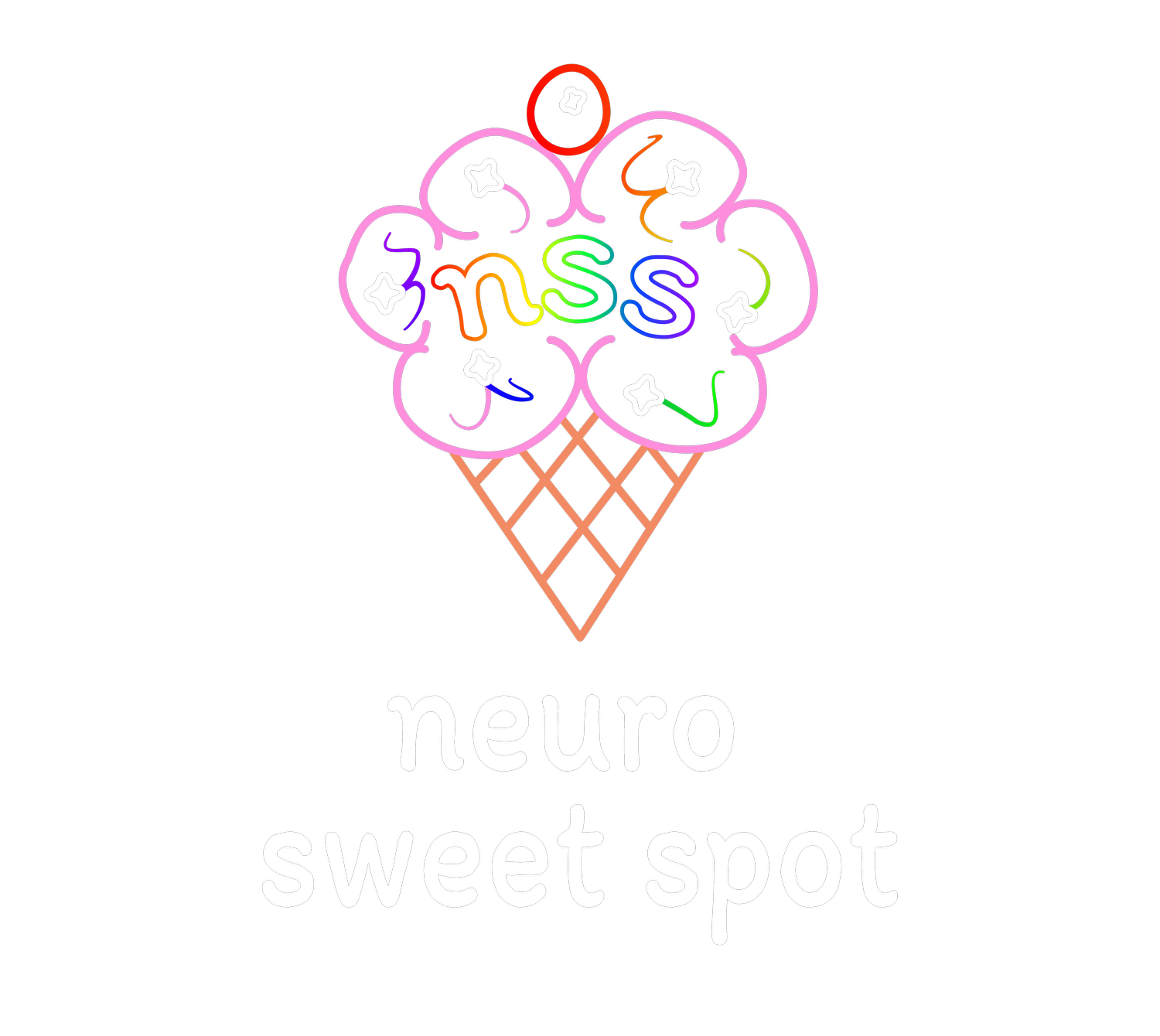
Education and Tools for Parents Learning about Neurodivergence For Their Kids
Burnout Prevention for Educators Supporting Neurodivergent Kids
Protecting Your Energy While Supporting Students
🚧 Setting Boundaries with Emotional Labor
Educators often feel responsible for fixing everything—but you can’t pour from an empty cup. Setting boundaries protects both you and your students.
Set time limits: “I can talk for five minutes now, or we can set up a longer check-in later.”
Detach from responsibility for student emotions: Support, but don’t carry their struggles.
Use mental “closing routines” to leave school stress at school (journaling, music, movement).
🧠 Recognizing Secondary Trauma
Working with dysregulated students can take a toll on your nervous system. If you notice chronic exhaustion, irritability, or numbness, you might be experiencing secondary trauma.
Practice self-check-ins: “What’s my stress level today?”
Find a support network (colleagues, therapist, peer groups).
Give yourself permission to feel without guilt.
🌀 Quick Nervous System Resets
5-5-5 breath: Inhale 5 seconds, hold 5, exhale 5.
Sensory grounding: Cold water splash, deep pressure (self-hug), essential oils.
Progressive muscle relaxation: Tense/release different muscle groups.
🏫 Advocating for Support When Admin Doesn’t “Get It”
If leadership lacks understanding, use data + real student stories to make your case.
Document patterns: Show evidence of what works.
Seek allies: Connect with others who understand neurodiversity.
Prioritize your well-being: Your energy matters—burnout doesn’t serve students.
🌟 Final Thoughts
Supporting neurodivergent students is meaningful but demanding work. Implementing brain-based strategies, protecting your energy, and shifting classroom culture makes a lasting impact—both for your students and for YOU. 💡💙

